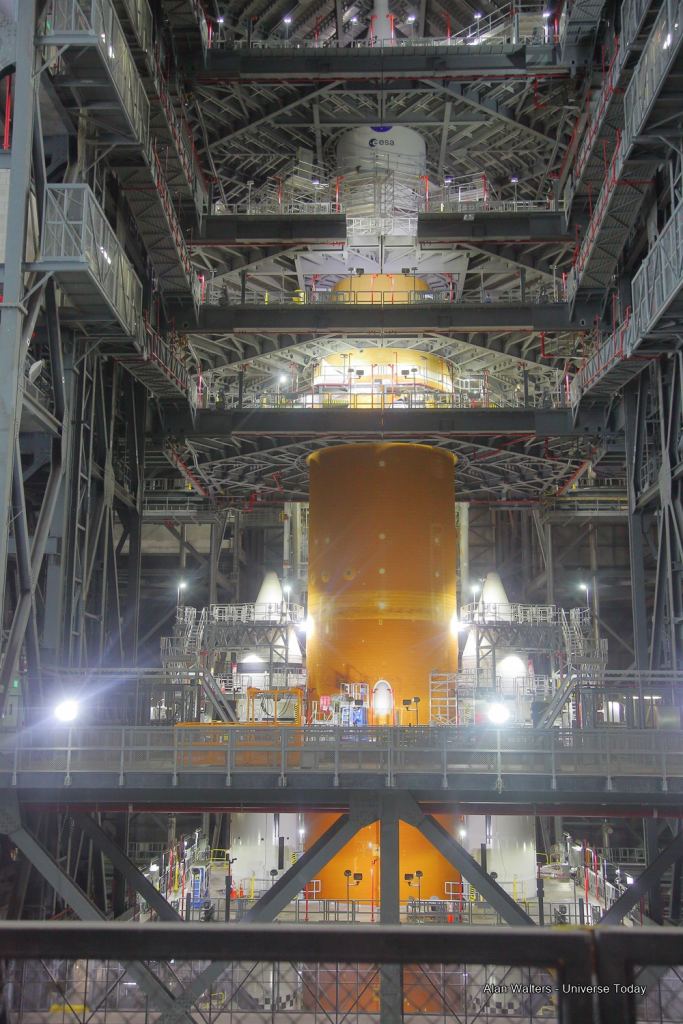If the next launch attempt of the Artemis I mission goes as planned, it should be a spectacular sight.
NASA is now targeting Monday, November 14 at just after midnight Eastern Time for the liftoff of the Space Launch System (SLS) rocket carrying the Orion spacecraft. A 69-minute launch window opens at 12:07 a.m. EST.
This will be the fourth attempt to launch the long awaited first mission for the Artemis program. Artemis-1 is an uncrewed flight test, the first full integrated test of the super heavy-lift SLS launch vehicle and the Orion capsule. The mission will fly around the Moon and back to Earth, going further into space than all the Apollo missions, and last several weeks.
NASA first attempted to launch the Moon rocket on August 29, but a bad reading from a faulty temperature sensor scrubbed the launch. A second try came on September 3, but this was scrubbed due to a persistent hydrogen leak. After repairs, a fueling test appeared to confirm the leak was fixed. But then, the next launch attempt scheduled for September 27 had to be waved off when Hurricane Ian's uncertain path forced NASA to roll the giant rocket back to safety inside the Vehicle Assembly Building.
NASA said they took the opportunity while in the VAB to conduct inspections and analyses, and determined minimal work would be required to prepare the rocket and spacecraft to roll out to Launch Pad 39B at Kennedy Space Center. Teams are performing standard maintenance to repair minor damage to the foam and cork on the thermal protection system and recharge or replace batteries on the rocket, several secondary payloads, and the flight termination system. The agency plans to roll the rocket back to the launch pad as early as Friday, Nov. 4.
If the mission launches on November 14, the orbital mechanics of that specific timing would allow for a 25.5-day mission for the Orion spacecraft before it splashes down in the Pacific Ocean on December 9.
NASA said they have also requested back-up night-time launch opportunities for Wednesday, Nov. 16, at 1:04 a.m. and Saturday, Nov. 19, at 1:45 a.m., which are both two-hour launch windows.
The flight will test out not only the rocket and spacecraft but also the supporting ground systems and teams. If all goes well, NASA will announce the crew and schedule for a crewed Artemis 2 flight around the Moon, likely in 2024 and the crewed Artemis 3 Moon landing mission would follow, perhaps in 2025
 Universe Today
Universe Today

